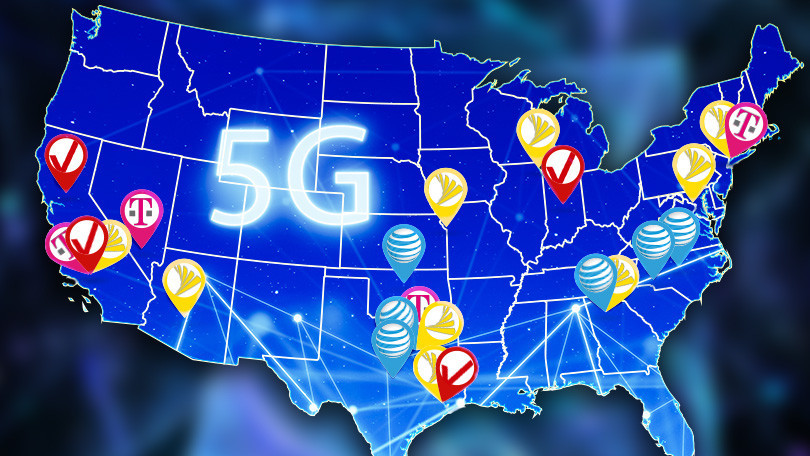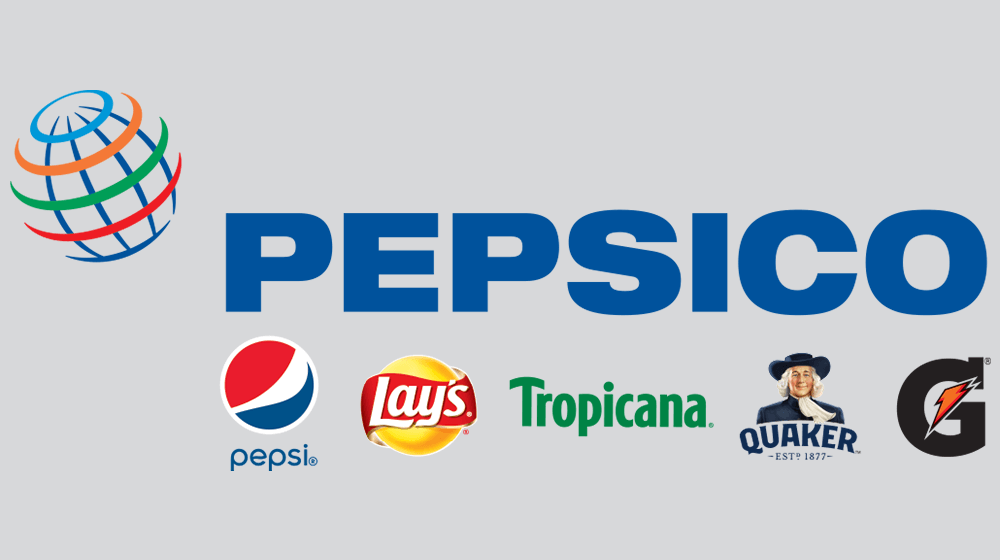It takes almost a decade to research study and finally, 5G is ending up being a reality. As the next generation of mobile internet connection, 5G provides a faster connection than existing connections, with average download speeds of around 1GBps. The launch of 5G is expected to have a large change in the Web of Things technology.
After 5G is formally launched in some cities, there are numerous questions about it. Some individuals are wondering what 5G is and whether they can utilize 5G in their cities, while some are searching for 5G gadgets. Considering that there is a lot of info on the Web, that makes individuals puzzled. Therefore, we decided to sum up all the things you need to learn about 5G in this article.
What is 5G?
Essentially, 5G is the next generation of mobile broadband that will ultimately replace (initially enhance) your 4G connection. 5G provides a powerful connection, which permits you to have quicker download and publish speeds. Plus, 5G likewise reduces the time it takes devices to interact with the cordless networks.
The Compare 1G, 2G, 3G, 4G, and 5G?
Much of you are questioning what are the distinctions between 1G, 2G, 3G, 4G, and 5G. The “G” letters represent the generations of wireless innovation. For the most part, these generations have technically been specified by their data transmission speeds. However, each of them has also been marked by a break in encoding methods, to put it simply, we call “air user interfaces”, which make it incompatible with the previous generation.
Specifically, 1G was analog cellular, while 2G was the very first generation of digital cellular innovations such as CDMA, GSM, and TDMA. The technologies utilized in 3G were EVDO, HSPA, and UMTS, which brought speeds from 200kbps to a few megabits per second. And the 4G, which is familiar with you right now, uses innovations such as WiMAX and LTE. 4G marks the next incompatible leap forward and currently, they are scaling as much as hundreds of megabits and even gigabit-level speeds.
The real 5G radio system is called 5G-NR, which is various from 4G. Nevertheless, already, all 5G devices in the US need 4G to make initial connections before trading up to 5G where it’s readily available. And due to 5G needs to depend on 4G, so it calls “non-standalone,” or NSA, network. When 5G does not need 4G coverage to work, it will end up being “standalone”, or SA.
The Power of 5G
In general, 5G brings differences in 3 primary aspects: larger channels, lower latency, and the capability to link a lot more gadgets simultaneously. With 5G, the data transfer is much faster than the speed we currently experience with 4G, specifically, from 10 to 100 times quicker. For example, a video that took 5 minutes to download on 4G will take simply a few seconds on 5G.
In addition, 5G will be a perfect cordless innovation for gamers due to the fact that it enables them to have the lag-free experience of computing-intensive games. Considering that all the heavy process will be dealt with in the cloud, gamers can still enjoy video games even with the most fundamental of gadgets. Plus, the 5G lightning-fast speeds likewise enable the transmission of skills, which provide both know-how and the useful performance of tasks where and when they’re required. For example, through 5G, a brain cosmetic surgeon in New York could operate from another location on a patient in New Delhi. Particularly, the medical professionals control a robotic that responds right away to their commands, without risk of potentially dangerous delays in reaction time.
In regards to connection, 5G will enable smart homeowners to control the larger part of your home through a smart device. It also can be done with smart offices or factories, 5G provides the owner with the capability to have higher functions controlled from another location. For this reason, it can be said that 5G will alter the future of the internet of things (IoT). With 5G, clever gadgets can connect with each other to better function in unison, which is just not possible with 4G’s restricted bandwidth.
Spectrum of 5G
There are 3 main flavors of 5G, which are low-band, mid-band, and high-band. Presently, the low-band and high-band are incompatible and the three of them carry out really different from each other. And the key thing here is that 5G speeds are directly connected to how wide the available channels are, and the number of are available. That’s narrow and few in low-band; more in mid-band; and lots in high-band. Now, let’s take a more detailed take a look at these 3 spectra of 5G.
Low-band Spectrum
It operates in frequencies listed below 1GHz, it is the main band used by carriers in the U.S. for LTE. They provide excellent protection location and wall penetration, however, there is a huge downside that is the peak information speeds will top out around 100Mbps. For this factor, low-band 5G is slow, which makes it act and feel like 4G. Presently, AT&T and T-Mobile are the crucial players when it comes to the low-band spectrum.
Mid-band Spectrum
The mid-band of 5G offers quicker speeds and lower latency than low-band, particularly, it remains in the 1-10GHz range. That covers most existing cellular and Wi-Fi frequencies, in addition to frequencies a little above those. Nevertheless, the mid-band stops working to permeate structures as efficiently as the low-ban. Now in the US, Sprint is the just one that has the offered spectrum for this method. It has used Huge MIMO to enhance penetration and coverage area on the mid-band.
High-band Spectrum
The high-band spectrum also called as millimeter-wave, which provides the greatest efficiency for 5G, but with significant weak points. Already, this is primarily airwaves in the 20-100GHz variety, which have not been utilized for consumer applications before. The speed of the high-band spectrum can reach 10Gbps and it has very low latency. On the other hand with the speed, the 5G high-band has low coverage area and building penetration is poor. AT&T, T-Mobile, and Verizon are the carriers presently rolling out the high-band spectrum in the United States.

The Accessibility of 5G In The US
There are four primary 5G brings in the United States that you can see the race of them here.
Verizon
Verizon launched its 5G network at the start of April 2019, making it the first globally to use the next-generation network. By the end of 2019, Verizon 5G has gone reside in parts of 31 cities, consisting of both huge cities such as Los Angeles, New York City City, Atlanta, and smaller cities like Memphis, Columbus, and Grand Rapids.
The 5G network of Verison work with four handsets, the LG V50 ThinQ 5G, Samsung Galaxy S10 5G, Samsung Galaxy Keep In Mind 10 Plus 5G. Plus, 3 Motorola phones (Moto Z4, Moto Z3, and Moto Z2 Force) can work with the brand-new 5G network.
T-Mobile
Currently, T-mobile uses some 28 GHz mmWave frequencies, but its broader growth also consists of sub-600 Mhz frequencies. That enables the carrier to provide for rural and rural communities however provide lower speeds. Particularly, T-Mobile’s mmWave coverage went live in New york city City, Los Angeles, Dallas, and Las Vegas in June 2019. The business plans to reach an overall of 30 cities by year’s end. The only phone that might use 5G was the Samsung Galaxy S10 5G.
Sprint
As we have stated above that Sprint offers the mid-band 5G which is 2.5 GHz. Sprint 5G went reside in Chicago, Atlanta, Dallas-Fort Worth, and Kansas City in May 2019. After that, the carrier expanded to New york city City, Washington D.C., Phoenix, and Los Angeles in August, with more cities to follow.
The provider supports the Samsung Galaxy S10 5G, LG V50 ThinQ, and US-exclusive OnePlus 7T 5G, together with the HTC 5G Hub –– a 5G hotspot, not a phone.
AT&T
AT&T is the one that has the most limited financial investment in 5G. Given that the launch in 2018, it has broadened to seven more cities including Austin, Los Angeles, San Francisco, and Orlando in April 2019. However, the provider still does not have a phone, so it needs to depend on the 5G Netgear Nighthawk mobile hotspot for service.
Conclusion
It can be stated that the brand-new 5G network will bring a brighter future for the IoT, which permits more fascinating applications to develop. Specifically, with very low latency, 5G will play an integral part in making breakthroughs in some technologies such as driverless vehicles. Literally and figuratively, 5G is drawing out an exciting new journey forward.














